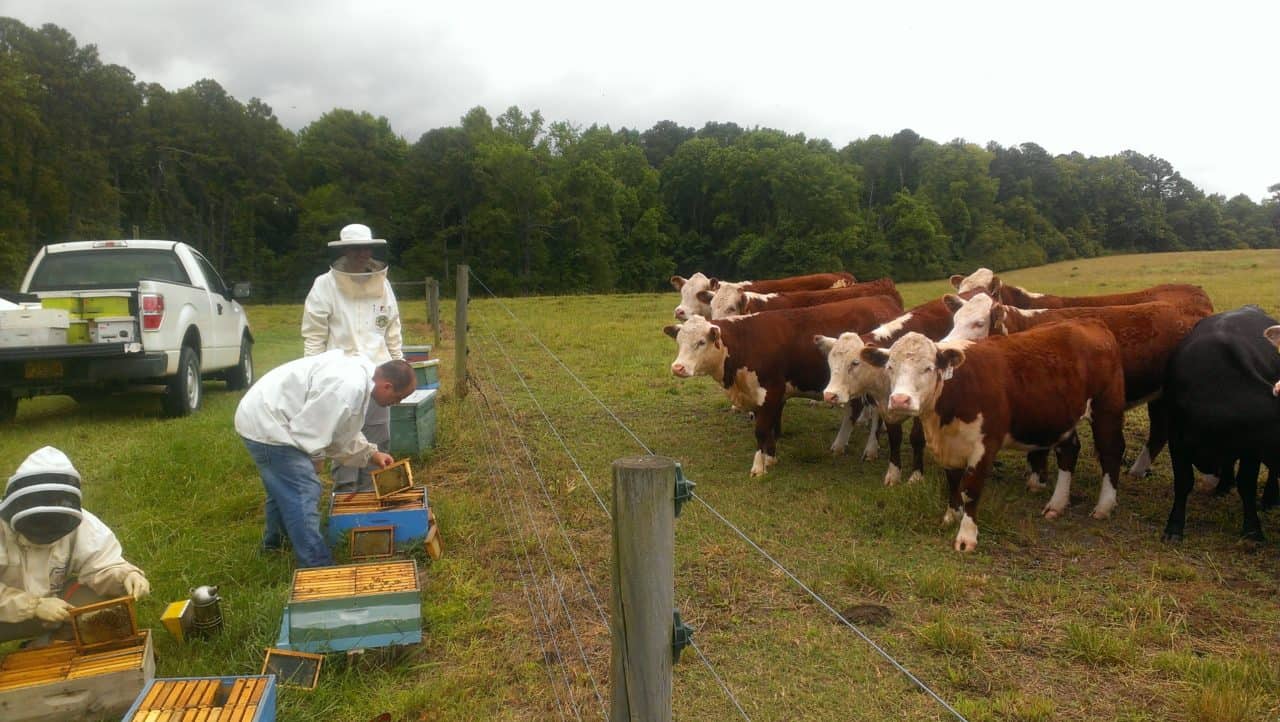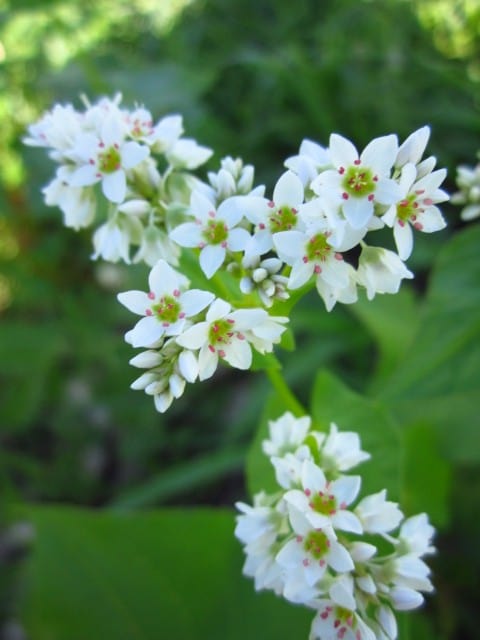Jordan Arata, one of our undergraduates who worked for our lab this summer was 'stationed' at the North Carolina State University lab working with Dr. David Tarpy. He details his experiences below. Jordan is also President of the UMD Apiary club. This summer I had the pleasure of working and learning at David Tarpy’s honey bee research facility at North Carolina State University. There, I worked alongside my friend Sam Freeze to help David Tarpy, Mike Simone-Finstrom, Jennifer Keller, and Ming Huang with various projects and experiments. One of these experiments investigated virus transmission in raising new queens. This was done by comparing the prevalence…
Blog
Regional Reports – Hot off the Press!
The regional management reports from the 2012-2013 Winter Loss and Management surveys are posted here: https://beeinformed.org/results-categories/regional-results/ Click on the map in your area of interest and you will be taken to all significant results for that region in pdf format. Because we are only posting those results that showed significant differences, report content may vary from region to region. Please feel free to explore all regions and see the differences! We are excited about some of the results and the Bee Informed Partnership hopes this fosters discussion among beekeepers and bee clubs and powers hypothesis driven research among scientists. There are two states that earned their…
Spotlight on Buckwheat
Brought to America in the 1600s by Dutch settlers, buckwheat is on the mind of the average American only when its name is followed by the word pancakes. The plant, Fagopyrum esculentum, was domesticated in Asia some 5,000 to 6,000 years ago and spread in cultivation across Europe. In the U.S. buckwheat was historically grown in highest acreage in Pennsylvania and New York. The greatest acreage has now shifted to the north-central states, hence the relevance for buckwheat field research trials on the University of Minnesota, St. Paul Campus. Fagopyrum esculentum follows the forb/herb growth pattern, meaning it is a vascular plant with little woody tissue aboveground. It…
Greetings from NorCal!
Hi everyone! I am the newest member of the Northern California Tech Transfer Team, and I'd like to take this opportunity to introduce myself and say I'm very excited to be part of the Bee Informed Partnership! I've only been here in the Chico/Oroville area for a couple weeks but have already learned a lot from being out in the field with some of the local beekeepers and fellow Bee Team member Rob Snyder. Being a native Midwesterner, it is fascinating to be in a completely different region of the country and seeing the bees (and beekeepers!) adapt to the environment here. Even though the grassy hillsides look somewhat dried out and barren…
BIP Survey Winner: Scott Jaynes
This year and last, the commercial scale beekeepers that fill out the annual Winter Loss Survey had a chance at winning a sampling session with one of the Tech-Transfer Teams. Last year’s winner was Bob Miller in California. The year’s winner was Scott Jaynes. Scott, his brother, and his father all run bees out of the same location in North Dakota and California. The are migratory beekeepers that produce honey in North Dakota and pollinate almonds in California. We met Scott, his brother, and some of his crew at the warehouse in Tioga, North Dakota. Liz and I went out to meet Scott and sample…
Whole Foods Market Takes a Stand
The rapid decline in the honey bee population for the past several years may not set a blaring red alarm to the average person, but did you know that one out of every three bites of food you consume comes from plants pollinated by honeybees? Now you’re paying attention! The continuing decline of pollinators comes with a price; to see more check out this interesting news article from PR Newswire where a Whole Foods Market takes a look at its produce section. To raise awareness of just how crucial pollinators are to our food system, the University Heights Whole Foods Market store temporarily removed all…
Tropilaelaps Mites, Part 2
Author: Elinor M. Lichtenberg Varroa mites cause significant harm to honey bee colonies word-wide. A similar pest, Tropilaelaps mites, could cause widespread damage if introduced to Europe or the Americas. We described the natural history of these mites last year. In parts of Asia where both mites are found, the Tropilaelaps mite is often considered a worse pest than the Varroa mite. Its life cycle is much shorter, facilitating rapid population growth. In Tropilaelaps mites’ native range, beekeepers must treat colonies with acaricides every two weeks to control these mites. US beekeepers currently treat for Varroa mites two or three times per year, too infrequently…
Bald Brood video
In April 2013 I wrote a blog about Bald Brood. Since then I have captured a video of myself digging out the wax moth larvae from the sealed brood. Whenever I see these symptoms I always try to remove the wax moth. For more information on bald brood please see my previous blog HERE. http://youtu.be/5ALPbxLnpJI
South Florida Bee College
Hi everybody, My name is Liana Teigen and I recently joined BIP to be a part of the FL/GA tech team. I am based out of the Honey Bee Research and Extension Lab (HBREL) at the University of Florida in Gainesville where I’ve had the pleasure to work with Jamie Ellis for the past several years on everything bees from Varroa research to native bee conservation. For the most part I’ve worked on sustaining native bee populations for crop pollination and while I run my own bees on the side, I am thrilled to get back to honey bees full time! HBREL is primarily an extension…
EAS Meeting Follow Up
WOW beekeepers know how to throw a conference! I recently returned to Maryland after attending the eastern apiculture society meeting and it was really fun. Andrew and I talked to tons of people at our booth about BIP, but we also got to enjoy several of the talks and other activities offered at EAS. Sometimes people would come by the booth just to say something nice about BIP. I really enjoyed talking with people who were already participating in some of our initiatives, such as the management survey, or our Tier 4 pilot program. It helps get through some of the more tedious tasks…

